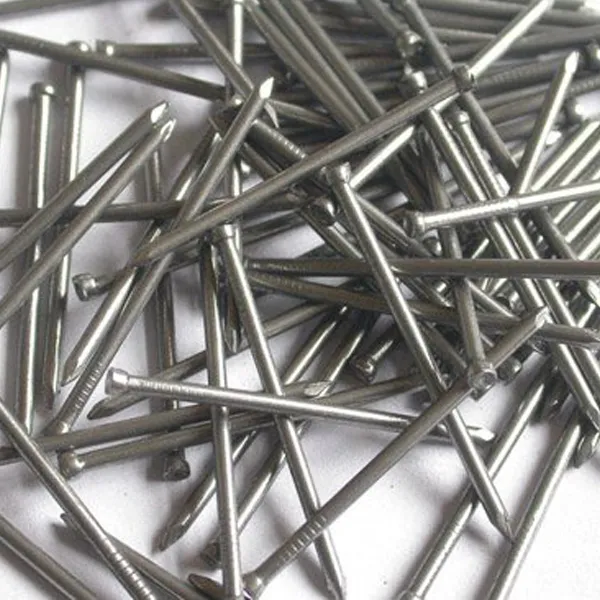Affordable Barbed Wire Roll Prices for Quality Fencing Solutions
Understanding the Pricing of Barbed Wire Roll for Fencing
Barbed wire has long been a popular choice for fencing due to its effectiveness in livestock containment, security, and property demarcation. Its unique design, featuring sharp barbs spaced along its length, creates a formidable barrier that deters animals and intruders alike. However, when considering the installation of a barbed wire fence, one of the foremost considerations is the cost associated with purchasing barbed wire rolls. In this article, we will explore the various factors that influence the price of barbed wire and provide insights to help you make informed decisions.
Factors Influencing Barbed Wire Prices
1. Material Quality The primary determinant of barbed wire pricing is the quality of the materials used in its production. Higher-quality wire typically contains more galvanized steel, which improves durability and resistance to rust. Consequently, premium-grade barbed wire may have a higher initial cost but can offer savings in the long run due to reduced maintenance and replacement needs.
2. Wire Gauge The gauge of the wire also affects the pricing. A thicker gauge (lower number) typically signifies stronger and more durable wire, which may command a higher price compared to thinner gauge wire. When selecting wire gauge, consider the specific application to balance cost with necessary strength and longevity.
3. Length and Roll Size Barbed wire is sold in rolls of varying lengths and sizes. Common roll sizes include 1,000 feet and 1,320 feet. The total cost will naturally be higher for longer rolls, so if you're budgeting for a large area, it’s beneficial to calculate how many rolls you’ll need based on the distance you wish to fence.
barbed wire roll price fence

4. Barb Spacing The spacing between the barbs can also impact the price. Tighter spacing can lead to greater deterrent effects but may increase manufacturing costs, thus affecting retail prices. Depending on your intended use, you may want to assess whether standard spacing is adequate for your needs or if tighter barbs might provide additional security.
5. Market Trends Prices can fluctuate based on broader economic factors, such as steel market trends, labor costs, and transportation expenses. Seasonal demand may also play a role, as construction and farming activities typically increase during specific times of the year, potentially leading to price hikes.
Finding the Right Price
To ensure you’re getting a fair price on barbed wire, it's recommended to shop around. Different suppliers may offer varying pricing structures based on geographical location, stock levels, and purchasing agreements. Online resources and local hardware or fencing supply stores can serve as valuable sources for price comparisons. Additionally, consider purchasing in bulk to capitalize on volume discounts.
Conclusion
Understanding the factors that contribute to the price of barbed wire rolls for fencing can empower you to make better purchasing decisions. By assessing your specific needs regarding material quality, gauge, roll size, and barb spacing, you can evaluate options more effectively. Keeping an eye on market trends and exploring multiple purchasing sources will further enhance your ability to secure the best deal. Investing in high-quality barbed wire can provide a durable and effective fencing solution, safeguarding your property and its contents for years to come.
-
The Durability and Versatility of Steel Wire
NewsJun.26,2025
-
The Best Iron Nails for Your Construction Projects
NewsJun.26,2025
-
Strengthen Your Projects with Durable Metal Stakes
NewsJun.26,2025
-
Get the Job Done Right with Duplex Nails
NewsJun.26,2025
-
Explore the Versatility and Strength of Metal Mesh
NewsJun.26,2025
-
Enhance Your Security with Razor Wire
NewsJun.26,2025














